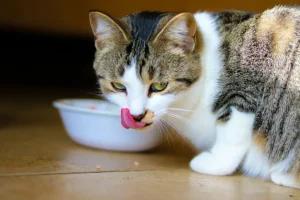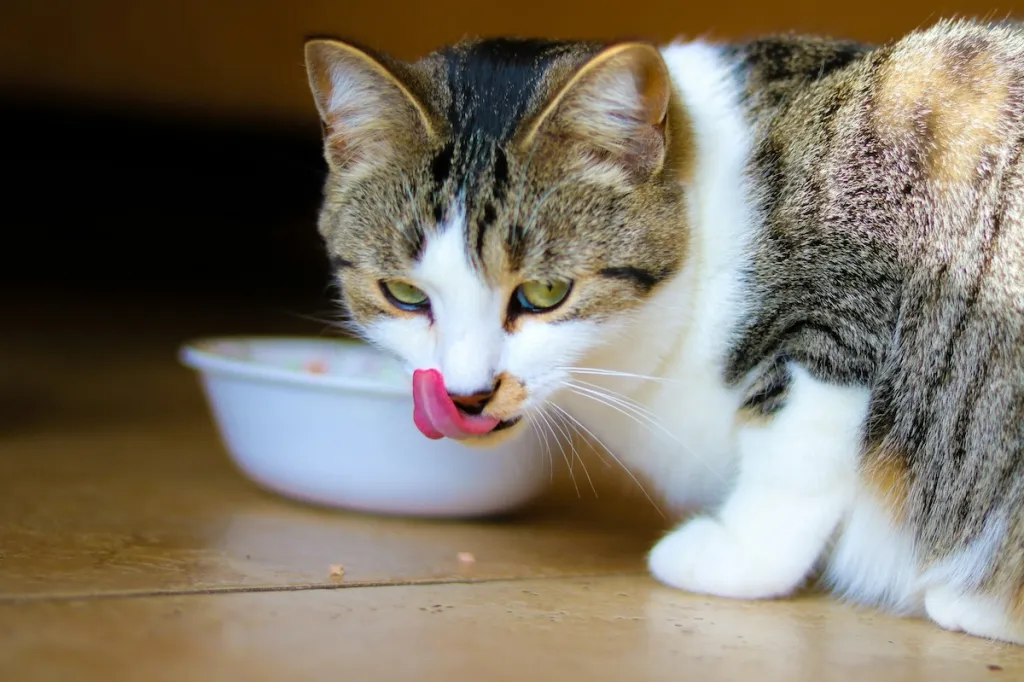Food allergies in cats can be distressing for both felines and their owners. When a cat suddenly starts vomiting, it’s easy to suspect a dietary issue, especially if there are no other explanations. While not all vomiting is caused by allergies, understanding the connection between food intolerance and digestive issues is essential for keeping your cat healthy. Those who are seeking answers for a cat throwing up frequently may find food allergies to be an important factor to consider. Spotting a food allergy early on can make a world of difference for your pet’s comfort and long-term wellness. As allergies often present with subtle signs, such as minor skin irritations or changes in gut health, it pays to stay vigilant and work closely with your veterinarian to identify any patterns or triggers.
Understanding Food Allergies in Cats
Food allergies occur when a cat’s immune system identifies a particular food ingredient—usually a protein—as a threat. This triggers an immune response, causing inflammation in the skin, digestive tract, or both. Food allergies are different from food intolerances, which don’t involve the immune system but can still cause gastrointestinal upset. Although food allergies are relatively uncommon compared to other causes of vomiting, they warrant attention due to the potential for ongoing discomfort and health issues in affected cats. Unlike acute food poisoning or the result of eating something spoiled, food allergies may appear gradually and persist until the problematic ingredient is removed from the diet. Typical allergic reactions may include itching, digestive disturbances, and skin conditions. For a deeper dive into the signs and diagnosis process for allergies, consider reading this overview from PetMD.
Common Symptoms of Food Allergies
Cats with food allergies often experience a diverse array of symptoms, some of which overlap with other ailments. The most common signs include:
- Chronic or recurrent vomiting
- Diarrhea, sometimes with blood or mucus
- Excessive grooming, scratching, or licking
- Red, inflamed skin, or sores
- Ear infections and persistent head shaking
- Patchy hair loss, particularly on the belly and legs
If your cat exhibits one or more of these symptoms, professional evaluation is highly recommended, as these issues can also be triggered by parasites, infections, or other chronic diseases. Repeated vomiting should always be addressed promptly to avoid potentially severe dehydration or weight loss.
Common Allergens in Cat Food
A handful of ingredients in commercial cat foods are responsible for most allergic reactions:
- Beef
- Chicken
- Fish
- Dairy products
- Grains such as wheat and corn
Allergic reactions most commonly arise to proteins, but grains and artificial additives can also be triggers for sensitive cats. If you notice an issue after switching foods, it’s possible that a new or different ingredient is to blame.
Diagnosing Food Allergies
Veterinarians diagnose food allergies using a process called an elimination diet. Your cat is fed a diet containing a novel protein and carbohydrate—ingredients they have not eaten before—for 8 to 12 weeks. No treats, table scraps, or flavored medications are allowed during this time. If symptoms improve during the elimination period, ingredients are slowly reintroduced to identify the specific culprit. The process requires patience, precise record-keeping, and regular check-ins with your vet.
Managing and Treating Food Allergies
Once a food allergy is confirmed, the primary therapy is dietary management. This often includes:
- Switching to hypoallergenic or limited-ingredient commercial diets
- Offering home-cooked recipes using novel proteins (such as rabbit, duck, or venison)
- Ensuring no exposure to known allergens, including treats and flavored medications
Medication, such as antihistamines or corticosteroids, may be used temporarily to manage inflammation and discomfort while dietary changes take effect. Long-term medication is rarely needed unless the cat also experiences environmental allergies.
Preventing Future Allergic Reactions
Prevention is an ongoing process that involves vigilance in feeding practices and regular monitoring for any symptom recurrence. Always check ingredient labels carefully, and be wary of product reformulations. Continue veterinary follow-ups to confirm nutritional adequacy and adjust your cat’s diet as needed. The VCA Hospitals guide offers more details on managing dietary allergies in felines.
When to Consult a Veterinarian
Any prolonged vomiting, especially when accompanied by weight loss, lethargy, or skin lesions, should be evaluated by a veterinarian. Early diagnosis and professional guidance can help protect your cat from complications, improve their comfort and quality of life, and ensure all nutritional requirements are satisfied.
Understanding the root causes of vomiting in cats can empower you to make better choices for their diet and health. If your cat is frequently vomiting or showing other signs of food allergies, swift intervention can help prevent worsening symptoms and support a happier, healthier feline companion.


